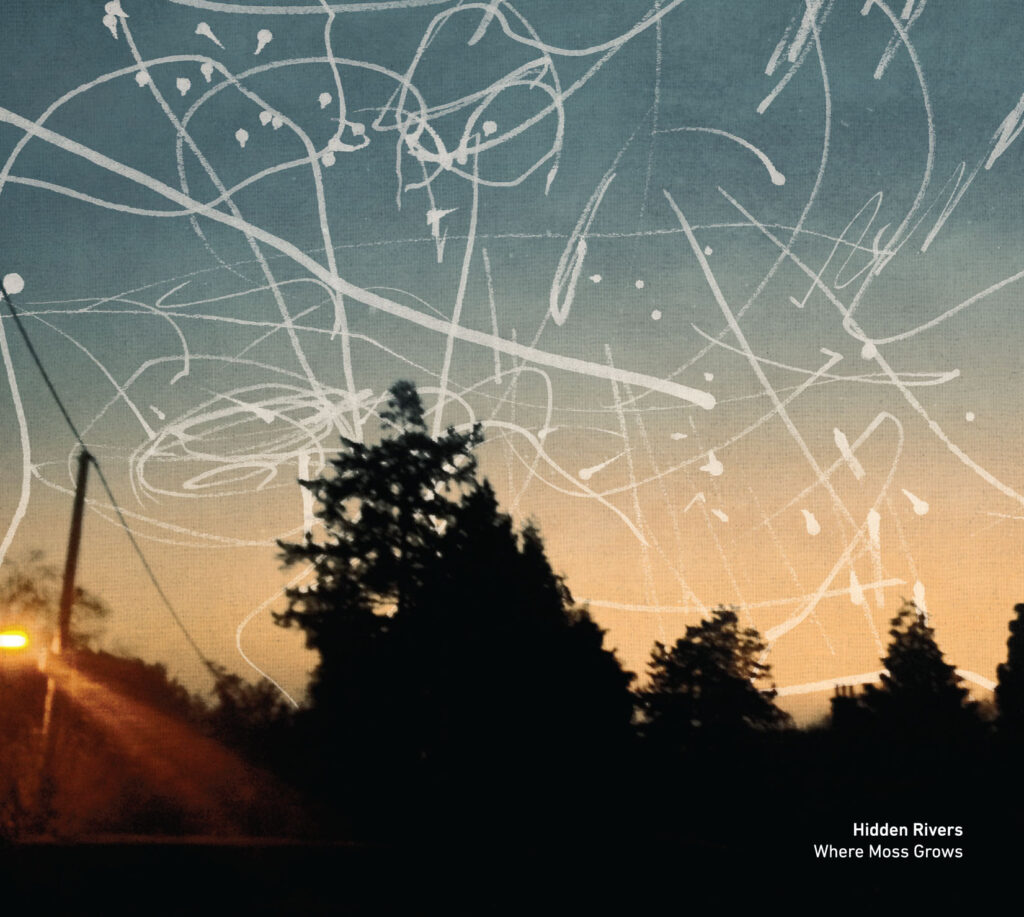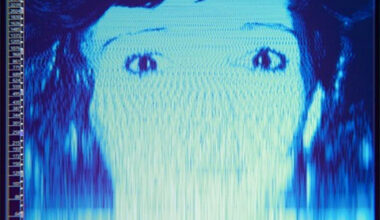Alluring ambient debut release from Serein label owner

Huw Roberts founded Serein Records in 2005, initially as a net label, with all releases available for free under the Creative Commons licence. In 2009, Serein shifted to selling physical products and the label’s name – a meteorological term meaning “fine rain falling from a clear sky after sunset” – has always been reflected in the atmospheric cover art for these records.
Roberts was introduced to the world of acoustics from an early age. Piano and violin lessons may well have acted as a sensitising agent and gateway into the world of production but, as is the case for many children, pop culture soon overrode musical academia. Instead, Roberts found he was in his element exploring the possibilities of modern recording techniques, most notably sampling.
As he himself says, “I just love making something from nothing, crafting it, refining it and completing it”. Indeed, you don’t have to look too far to see this ethos in operation on Roberts’ first release as Hidden Rivers, ‘Where Moss Grows’. Just as Serein’s entire aesthetic derives from his own meticulous creative vision, so do the spacious ambiences and judiciously nominated tones that combine to craft what is a highly perfected album, full of dewy introspection.
The short opener ‘Flying The Nest’ sets the agenda, as grumbling radio waves crackle atop the glowing haunt of melancholy synths. While the album is an ode to the calm resplendence of the sylvan valley, Hidden Rivers’ synthesiser expressions point to a more sinister undercurrent: there’s a brooding tension to this entry point of ‘Where Moss Grows’.
This mellows on ‘In And Out Of Days’, as bright melodies and solitary claps provide a hint of sun-speckled warmth. However, Roberts’ penchant for murky interludes demonstrates a palpable influence; the opulent ‘Sunday’s Child’ reeks of Boards Of Canada-style subliminal menace. He enjoys toying with juxtaposing moods too, even within tracks themselves, as on ‘White Light Peak’, where lightness breaks through the shrouded darkness via steamy synth pads and a compendium of shifting, accented timbres.
As ‘Where Moss Grows’ unfolds, it becomes more sustained in its use of melody, with crisp beats enveloping a series of longer, more involving tracks. The closing ‘Futureproof’ sets itself apart through its heightened tempo and burbling bass notations. Its chugging ‘Trans Europe Express’-style analogue refrains end the album with a slight sense of bemusement, as for all of Roberts’ obsessive attention to detail, the final track indicates how he might have pushed the envelope a bit further and used a wider palette of sounds.
From the album title, one might imagine “moss” acting as a metaphor for hope springing from concrete darkness, but this could have been transmitted more effectively had Roberts’ acoustic background been allowed to bring a more emotive element. The production is spotless to the point where even the measured insertion of background “interference” appears a little too deliberated, but this cleanliness is also part of the album’s appeal.





